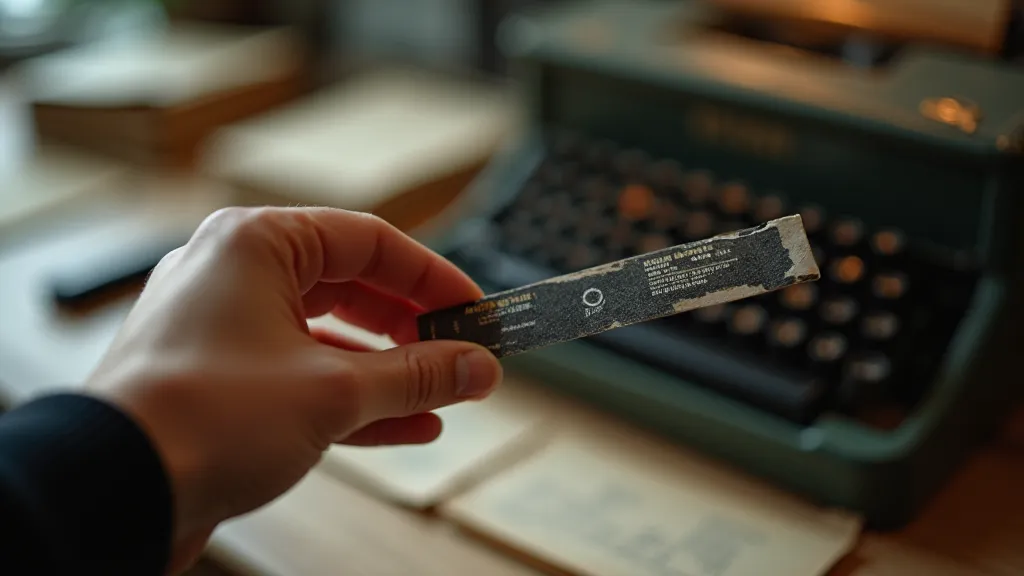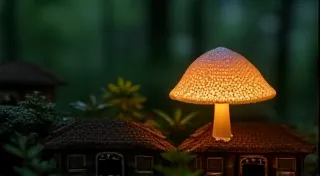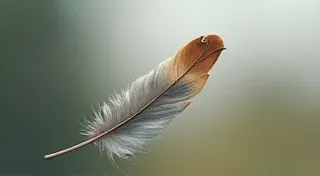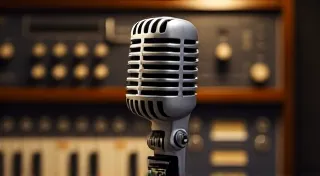The Last Paragraph: Reflecting on the Ephemerality of Typewriter Ribbons
There's a peculiar melancholy that settles over me when I hold a vintage typewriter ribbon in my hand. It's more than just the fragility of the material, the brittleness earned through decades of patient service. It’s a profound awareness of its role, a fleeting messenger in a world of permanence. We build cathedrals of stone, compose symphonies meant to echo through the ages, and yet, the ribbon – the seemingly insignificant strip that brought words to paper – has a lifespan intrinsically tied to its use, destined to fade, to dry, to eventually crumble.
I recall my grandfather's office. It wasn't grand or imposing, but it was a sanctuary. The scent of old paper and leather permeated the air, a comforting aroma of industry and quiet contemplation. At the heart of it all sat his Underwood Standard, a workhorse of a machine, steadily churning out letters, invoices, and the occasional heartfelt poem. He always kept a small tin filled with ribbons—some black, some red, some faded to a ghostly grey. Each one, he’d say, held a story. A negotiation successfully closed, a love letter sent, a legal document signed. He didn't see them as mere office supplies; they were echoes of moments, tangible links to the past.
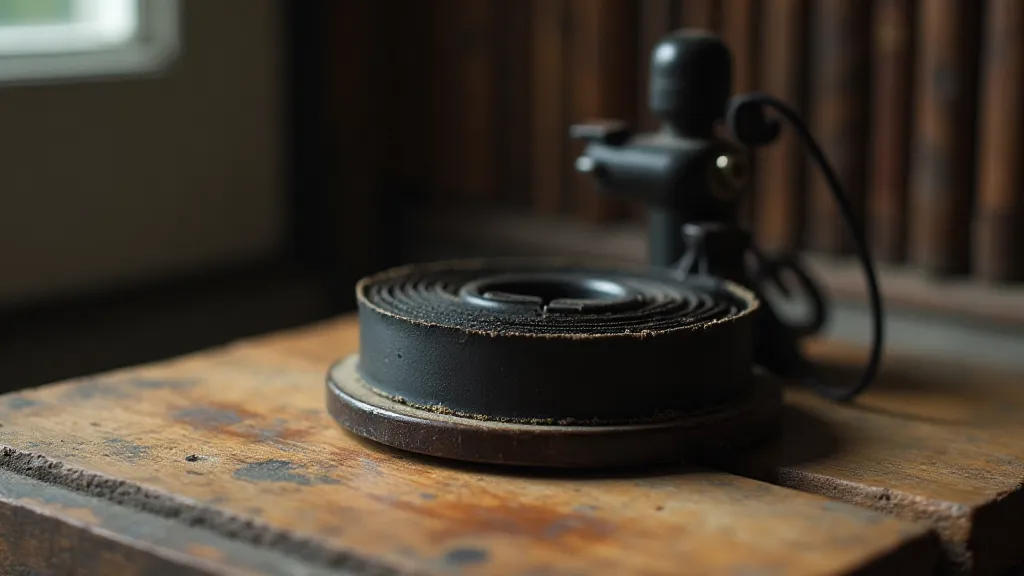
A History Woven in Ink
The evolution of typewriter ribbons mirrors the evolution of technology itself. Early ribbons, developed alongside the first typewriters in the late 19th century, were simple lengths of silk, dyed with iron gall ink. These were notoriously fragile and prone to bleeding. As the typewriter industry boomed, so too did innovation in ribbon manufacturing. The introduction of nylon in the mid-20th century brought greater durability and consistency, a significant improvement that helped sustain the typewriter’s reign. Different inks emerged, designed to meet specific needs, from the crisp black commonly used for formal documents to the vibrant reds for corrections and emphasis. Today, the availability of replacement ribbons for older machines is often limited, adding to their allure and making restoration all the more vital.
Consider the sheer craftsmanship involved in producing these ribbons. While much of the modern manufacturing is automated, the historical processes were deeply manual, requiring skilled artisans to dye, weave, and wind the silk or nylon. These weren’t mass-produced commodities; they were objects of carefully controlled creation. This level of dedication, this investment of human effort, contributes to the enduring appeal of vintage typewriters and their associated antique equipment. The patterns and subtle variations in these ribbons, often overlooked, can tell stories of their own, hinting at the era and the purpose they served. It’s almost as if each ribbon holds a secret—a cipher’s secret, waiting to be unlocked by those who know where to look.
The Slow Fade – Understanding Degradation
But time, as it does with all things, takes its toll. Typewriter ribbons are particularly susceptible to degradation. The ink dries out, becoming brittle and prone to crumbling. The fabric itself weakens, cracking and flaking. Exposure to light and air accelerates this process. Proper storage is paramount – a cool, dark, dry environment is essential for preserving these delicate artifacts. Many ribbons I’m lucky enough to restore bear the scars of improper storage: cracked, fragmented, practically dust. It’s a heartbreaking sight.
The challenge of ribbon restoration isn't about bringing them back to a pristine, factory-fresh state. It's about preserving what remains, stabilizing the fragile material, and honoring the history embedded within the ink and fabric. A truly successful restoration is one that allows future generations to experience the tactile feel of a typed letter, the unique character of the imprint, without further compromising the ribbon’s integrity. The process is complex, a delicate balance of science and artistry—much like the alchemist's quest to transform decay into something valuable, a legacy crafted from the remnants of time. Analyzing the subtle shifts in color and texture, identifying the type of ink used, and understanding the environmental conditions the ribbon endured – it’s a fascinating, deeply rewarding experience.
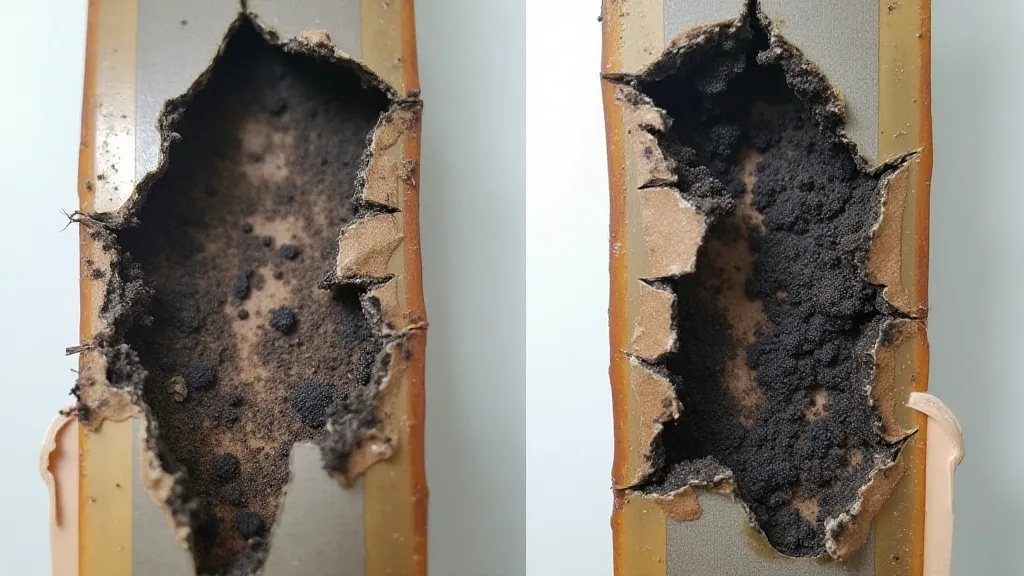
Moments Captured – More Than Just Words
It’s easy to get caught up in the technical aspects of restoration – the gentle cleaning, the careful application of archival-quality adhesives. But ultimately, I’m reminded of my grandfather's words about each ribbon holding a story. It’s not just about the words typed upon the paper; it’s about the context, the emotion, the human connection that existed at the moment of creation. A love letter carefully crafted, a business proposal that sealed a deal, a simple note to a loved one – all imprinted on the ribbon, a fleeting record of a life lived. The hues and shades alone can evoke powerful emotions, the faintest imperfection hinting at the hand that guided the typewriter. It’s a tangible link to a vanished era, an echo of a time when communication felt more personal, more deliberate. To understand their true value, one must consider the larger context, the weight of the veils of memory woven into their very fabric.
The impermanence of the ribbon compels us to appreciate the present moment. It reminds us that everything is transient, that even the most carefully preserved memories are ultimately subject to the passage of time. Perhaps that’s why restoring these ribbons resonates so deeply – it’s an act of defiance against the inevitable, a way of preserving a little bit of the past for the future. The fragility of these artifacts serves as a poignant reminder of the ephemeral nature of existence – a fleeting dance of ink and fabric, destined to fade, yet leaving behind a lasting impression.
Beyond Restoration: Collecting and Appreciation
For those drawn to the allure of vintage typewriters, collecting ribbons can be a rewarding pursuit. While complete, unused ribbons are increasingly rare and valuable, fragments and partially used ribbons offer a tangible connection to the past. Understanding the different ribbon colors, the manufacturers’ markings, and the types of machines they were used with can unlock a deeper appreciation for the era of mechanical typing. Even a small collection, carefully curated and respectfully preserved, can become a fascinating glimpse into a bygone era, a testament to the enduring appeal of vintage ribbons. These fragments, seemingly insignificant on their own, collectively paint a vibrant picture of a time when the rhythmic clatter of typewriters filled offices and homes.
It's a cycle of preservation, a continuous effort to safeguard a small piece of our shared history. Each ribbon I work on serves as a poignant reminder of the stories waiting to be rediscovered, the moments that deserve to be remembered. The nuanced details—the faint aroma of aging ink, the subtle variations in weave—all contribute to a sense of connection with the past. As the last paragraph fades on a ribbon’s final rotation, we are left with a whisper of the past, a tangible echo of a time when words held a different kind of weight and permanence. The process of understanding these small artifacts—from their manufacture to their eventual decay—provides a unique lens through which to view the larger story of technological advancement and human connection.
